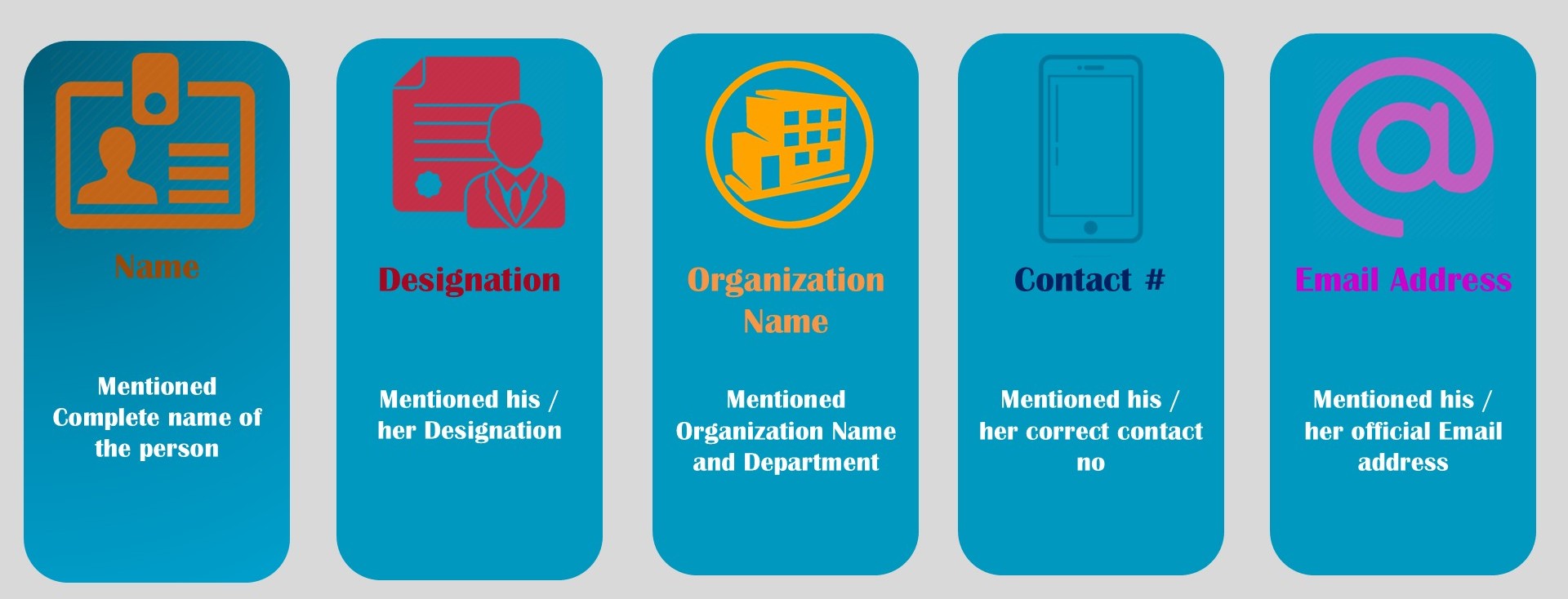- +92 320 5605880
- career@cchpk.com
- Islamabad Pakatan

Effective CV Writing: A Comprehensive Guide
A CV (short for the Latin phrase curriculum vitae, meaning “course of life”) is a detailed document that highlights your professional and academic history. Unlike a simple resume, a CV provides an in-depth overview of your qualifications, experiences, and skills. It is commonly required for job applications in academia and for positions outside the United States.
Purpose of a CV
A well-crafted CV serves multiple purposes:
Essential Personal Details
Your CV should include the following personal details:
Name: ABC
Address: Islamabad, Pakistan
Email Address: abc@gmail.com
Mobile Number: +92 000 0000000
LinkedIn Profile: Mentioned your LinkedIn profile
Proving Your Ability
Employers focus on three key areas in a CV:
Structuring Your CV
Work Experience
Education & Qualifications
Interests and Activities
Choose interests and activities that demonstrate relevant skills, such as:
Presentation of Your CV
References
Reference Details:

+92 320 5605880
career@cchpk.com
St. 52, G-9/1, Islamabad PK
Copyright Careers Connect Hub © 2025 All Rights Reserved